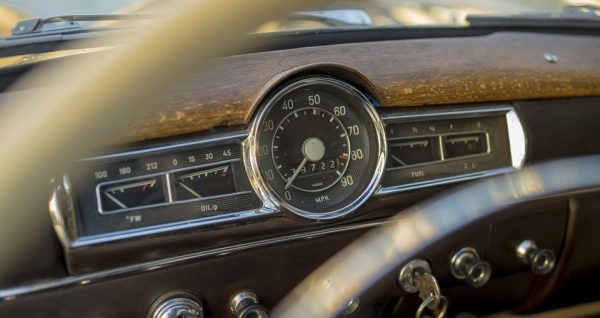
The challenge
A new computer will start out with great performance, and it will then slowly degrade over time due to a number of factors…
- A new computer has a fresh build, and should perform great. But by the end of year three, hundreds of different updates have been installed, which puts more draw and demand on the system.
- As newer applications and application updates are installed, they’re being engineered for faster and newer machines
- As a system ages, the hardware components become more prone to failure and system crashing. This then requires either additional reboots, rebuilds or troubleshooting.
Impact
Newer computers have less down time between crashing, rebooting, troubleshooting and rebuilding. We’ve found that machines over three years of age typically have about a 30 to 40 percent increase in troubleshooting demands. And this can be tied directly to your user costs.
According to a Techaisle Small Business Study, one employee will lose an average of 42 hours of productivity per year when using a computer that is four years old, or greater. When calculated against an employee’s salary, the down time is costing your business more than the replacement cost of the machine…
| Productivity loss for a computer that is four years old, or greater | |
| Hours lost | 40 |
| Average weighted salary per hour | $40 |
| Total cost | $1,600 |
If down time is measured as a hard cost, there’s an additional soft cost to be added when examining the performance of a newer machine. New computers have faster processors, more memory and they allow users to get a lot more done, faster. As a result, commands and actions are completed quickly, allowing the end user to be more productive.
A complete system failure will more than likely result in an extended period of down time that typically far exceeds the cost of the replacement machine.
Benefits of a computer replacement
- New computers come with a newer operating system, which adds additional security and additional functionality
- Planning for replacements every three to four years allows you more control over your budget
- Even though the computer is an office tool, many users get a sense of being gifted something when they get a new machine. It is often viewed as a reward, which, in turn, increases employee morale.
Are you saving what you thought you were?
On the surface, the idea of not purchasing a new computer sounds like a way to save your business money.
But, when you look further into the costs of decreased performance, down time and employee productivity, most businesses will find themselves in better shape if they plan to use their IT road map and replace their computers on a regular rotation.
So don’t wait—start saving money (and productivity) now.
